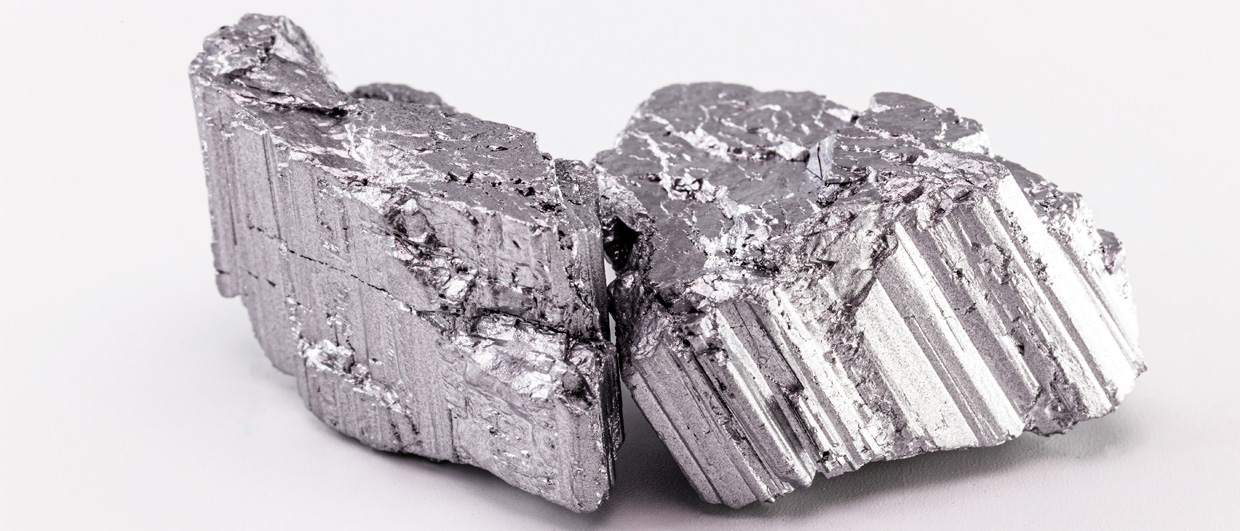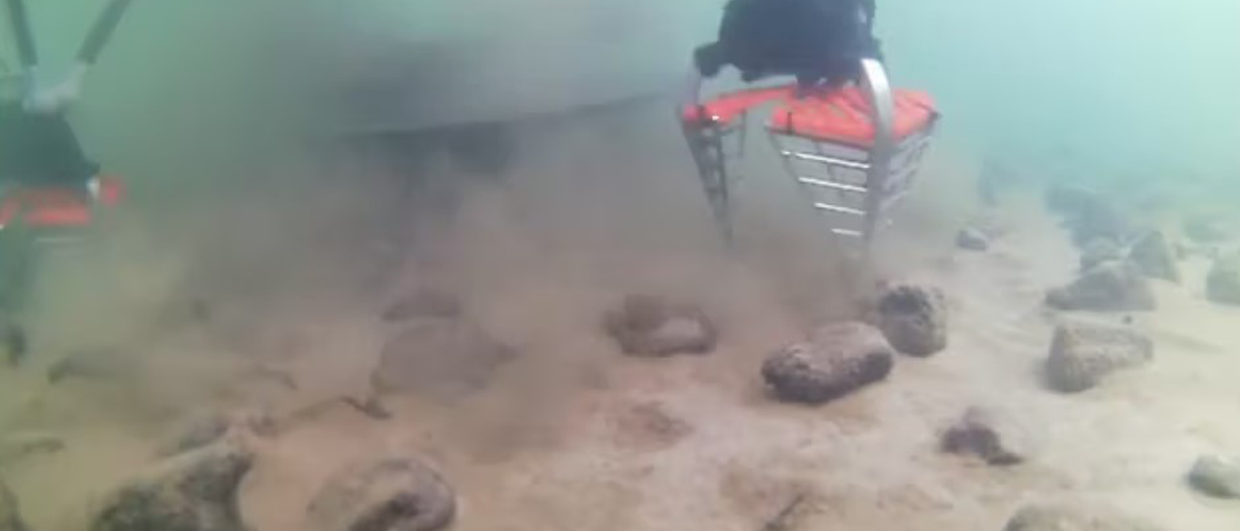As of February this year, three seabed mineral exploration licences were awarded in the Cook Islands Exclusive Economic Zone: Cobalt (CIC) Limited, Moana Minerals Limited and Cook Islands Investment Company (CIIC) Seabed Resources Limited, the latter co-owned by the Cook Islands Government. Altogether the licenses encompass some 250,000 sq. km (the equivalent of roughly 40 North Sea quadrants). All licences expire in 2027.
The licences allow the companies to find out if mining is a viable option which includes reviewing the environmental risks, and the companies have budgeted between USD 55.4 million to USD 71.7 million to conduct exploration over the next five years.
A separate session on the Cook Islands will be one of many highlights of the Deep Sea Minerals 2022 conference in Bergen, Norway, in October. Altogether four talks are scheduled by government officials and licence holders.

A challenging position
“The conference in Bergen aims to address the challenges and opportunities that lie ahead as the need for critical minerals is expected to surpass supply from both the mining industry and recycling,” says John Parianos, Technical Director of the Cook Islands Seabed Minerals Authority (Authority) in the Cook Islands, and a member of the programme committee for the conference.
John Parianos can look back at ten years in seabed minerals, much of it running the Tonga Offshore Mining Limited CCZ polymetallic program as well as seafloor massive sulphide exploration in Papua New Guinea and Tonga.
“I consider this conference an exciting opportunity for those who are interested in learning more about the latest developments in deep-sea mineral exploration,” Parianos adds.
Commissioner of the Authority, Alex Herman, will present a paper on the Cook Islands seabed minerals regulatory framework, including the comprehensive 2020/2021 tender process and eventual granting of the abovementioned exploration licences.
Alex Herman has around ten years of experience in Cook Islands seabed minerals and regulatory work both in the Cook Islands and in the Area.
“It is exciting and more than a little challenging to be at the forefront of this industry,” says Herman, “We are really happy to share our experience on the extensive preparation and implementation steps that have been necessary thus far.”

Discoveries to be expected
“Exploration of the Cook Islands seabed has been sporadic since the 1980s and with the recent issuance of exploration licences, a swath of new developments and discoveries is expected over the next five years,” Parianos says.
Herman’s talk will be followed by a presentation on scientific developments on seabed minerals in the Cook Islands presented by Parianos. Rima Brown, senior technical officer, will continue to present an updated mineral resource assessment for polymetallic nodules in the Cook Islands Economic Zone.
The session will round off with a talk from one of the licence holders (Ocean Minerals) on their proposed environmental and social work programmes. These are key requirements under the Cook Islands regulatory framework.
“The Cook Islands’ session promises to be an informative case study on an emerging marine minerals industry within a country’s national borders,” Alex Herman concludes.

The Cook Islands
This small nation of coral atolls is divided into two distinct groups: the Southern Cook Islands and the Northern Cook Islands. The 15 islands in the South Pacific Ocean are halfway between Hawaii and New Zealand. The total land area is only 240 km2 and dwarfs The Exclusive Economic Zone (EEZ) which covers 1,960,027 km2 (a little larger than Alaska; Norway’s EEZ is 2,385,178 km2). The larger part of the population (18,000) lives on the island of Rarotonga and some 78% are Maori.
The Cook Islands were first settled around AD 900 by Polynesian people who are thought to have migrated from Tahiti, while Spanish navigators were the first Europeans to spot the northern Cook Islands in 1595 followed by the first landing in 1606. The British navigator Captain James Cook arrived for the first time in 1773, and the islands were named after him in the 1820s by Russian mapmakers.
Geologically speaking, the island nation is situated on the Pacific Plate and was formed by volcanic activity during the Tertiary. The northern group is older and consists of six atolls, which are all sunken volcanoes topped by coral growth. The southern group (including Rarotonga) generally consists of much larger and higher islands that are all volcanic in origin and more densely populated. The majority of the EEZ consists of the abyssal plain with trillions of polymetallic nodules.
The Cook Islands are a representative democracy with a parliamentary system in an associated state relationship with New Zealand. The present prime minister, Mark Brown, was re-elected in August this year.
The country remained a protectorate until 1965 when New Zealand granted the Cook Islands self-government status. The Cook Islands has a great deal of local autonomy and is an independent member of international organizations, but it is in free association with New Zealand, which is responsible for defence and foreign affairs.





